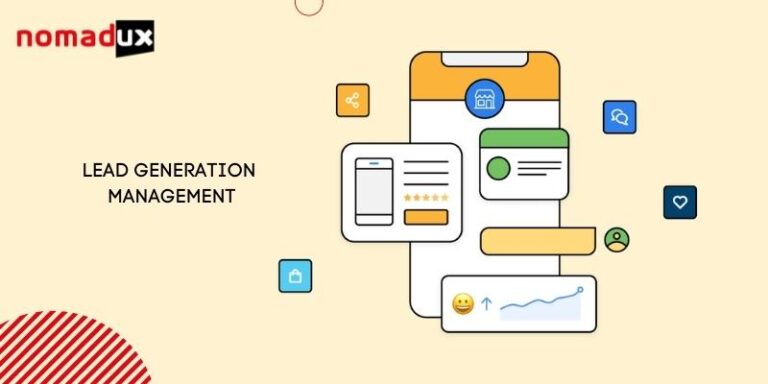How Can Businesses Optimize Acquisition & Contract Management Processes
Optimizing acquisition and contract management processes is crucial for sustainable growth and success in the ever-evolving business landscape. By streamlining these processes, businesses can enhance efficiency, reduce risks, and maximize value.
This blog will look at top 10 practical strategies organizations can implement to optimize their management practices.
1. Clear Objectives and Criteria
Businesses must establish clear objectives and criteria to optimize acquisition and contract management processes. By doing so, decision-making processes become more focused and aligned with the company’s strategic goals. Key points to consider are-
- Clearly define the purpose and desired outcomes of each acquisition or contract.
- Identify specific criteria for evaluating potential vendors or partners.
- Align the objectives and criteria with the organization’s long-term vision.
- Communicate the objectives and criteria to all stakeholders involved.
- Regularly review and update the objectives and criteria to adapt to changing business needs.
- Ensure that the objectives and criteria are realistic, measurable, and achievable.
- Use the defined objectives and criteria to guide the acquisition or contract management process.
2. Standardize Documentation:
Standardizing documentation in acquisition management is essential for optimizing processes. By developing standardized templates and guidelines, businesses can simplify the process, improve consistency, and minimize errors or misunderstandings. Clear and consistent documentation ensures stakeholders can easily navigate through contracts and acquisition documents, understand the terms, and facilitate effective communication.
It also reduces the risk of disputes or delays caused by inconsistencies and allows for efficient revision and updating processes, ensuring legal compliance and efficient contract management.
3. Efficient Communication:
Efficient communication is key to optimizing contract management. By establishing effective channels between stakeholders, businesses can avoid misunderstandings and delays. Here Few key points to consider
Encourage open and transparent communication among all parties involved. To keep stakeholders informed, offer updates and progress reports on a regular basis. Encourage questions and explanations, as well as active listening.To promote mutual comprehension, use plain and succinct language.
Establish open channels of communication to facilitate speedy decision-making. To avoid delays, resolve disagreements or difficulties as soon as possible. Encourage knowledge exchange by creating a collaborative atmosphere. Use technological tools such as project management platforms or messaging applications to facilitate collaboration. Provide stakeholders with training or direction on good communication practices.
4. Robust Vendor Evaluation:
A robust vendor evaluation process is essential for optimizing acquisition and contract management. By rigorously assessing vendors, businesses can select reliable and trustworthy partners who align with their organizational values and requirements. Here are some key considerations:
- Check the vendor’s industry track record.
- Assess their financial stability and ability to meet contractual obligations.
- Examine their capabilities, expertise, and resources relevant to the project.
- Consider their compatibility with your organization’s values, culture, and goals.
- Review their past performance, including references and client feedback.
- Evaluate their compliance with regulatory and legal requirements.
- Assess their risk management strategies and ability to handle potential challenges.
- Consider their capacity for scalability and future growth.
- Conduct thorough due diligence, including background checks and site visits if necessary.
5. Negotiation and Risk Assessment:
During contract negotiations, focus on balancing the organization’s needs and the vendor’s interests fairly. Perform a thorough risk assessment to identify potential pitfalls and develop contingency plans accordingly.
6. Embrace Technology:
Leverage technology tools like contract management software and automation solutions to streamline processes, improve accuracy, and enhance overall efficiency. These tools can centralize contract data, automate workflows, and provide real-time visibility into contract performance.
7. Training and Skill Development:
Investing in training programs for acquisition management teams is essential for optimizing their skills and performance.
Organizations can enhance contract management capabilities through training initiatives. This includes offering sessions on contract management principles, legal frameworks, compliance requirements, negotiation skills, conflict resolution, and effective communication. Encouraging professional development opportunities like industry conferences and certifications promotes a learning culture. Providing resources, cross-functional training, and ongoing support ensures continual growth and enables team members to stay updated with industry trends.
By prioritizing training and fostering a learning culture, organizations can empower their contract management teams to excel in their roles and adapt to changing demands effectively.
8. Performance Monitoring and Evaluation:
Regularly monitoring and evaluating the performance of vendors and contracts is crucial for optimizing acquisition and contract management. It enables businesses to identify areas for improvement, renegotiate terms if necessary, and maintain strong vendor relationships. Key points to consider are-
- Establish metrics and benchmarks for vendors and contracts.
- Track and assess vendor performance.
- Analyze KPIs for improvement.
- Conduct periodic vendor reviews.
- Evaluate contract performance.
- Use data for decision-making.
- Seek stakeholder and end-user feedback.
- Identify optimization and cost-saving opportunities.
- Maintain open vendor communication.
9. Continuous Process Improvement:
Encourage a culture of continuous improvement in acquisition and contract management. Regularly review and analyze processes to identify bottlenecks, streamline workflows, and implement innovative solutions.
10. Collaboration and Knowledge Sharing:
Promote cross-functional collaboration and knowledge sharing among departments involved in acquisition management. This fosters a holistic understanding of the process and encourages the exchange of best practices.
The Bottom Line
Ready to optimize your contract management processes? Partner with Nomadux, your trusted outsourcing provider. Our team of experts is equipped with the knowledge and skills to streamline your operations, minimize risks, and maximize value. Contact us today to explore how Nomadux can support your organization in achieving success in acquisition and contract management.







